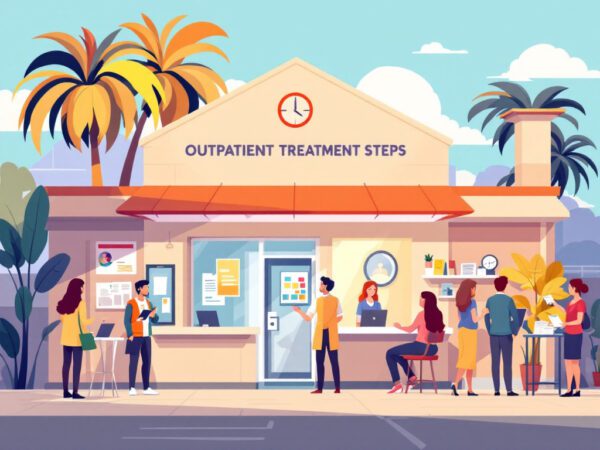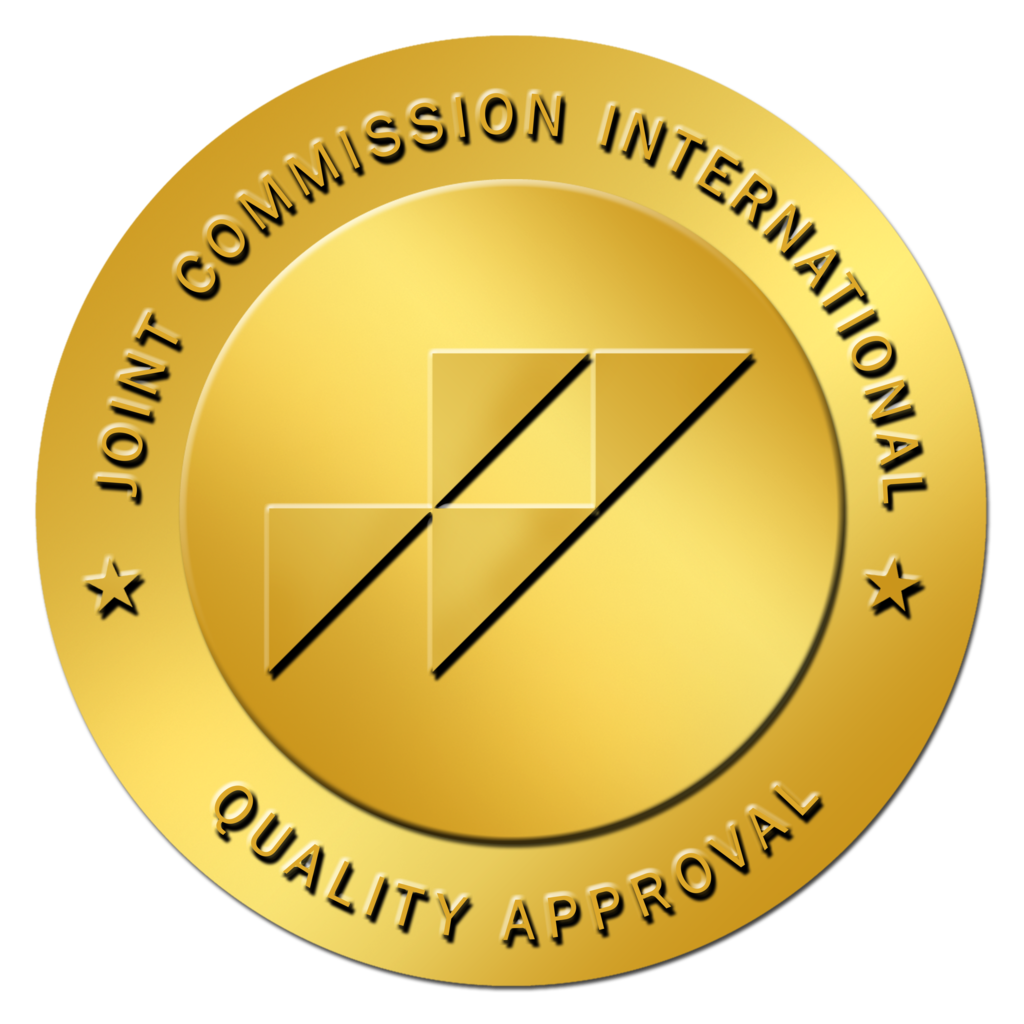Understanding Trauma-Informed Therapy
Trauma-informed therapy focuses on understanding and addressing the impact of trauma on individuals seeking treatment. This approach is especially beneficial in group therapy settings, providing a unique opportunity for connection and healing.
Benefits of Trauma-Informed Group Therapy
Trauma-informed group therapy offers significant advantages for those recovering from traumatic experiences. By sharing their stories in a safe and supportive environment, individuals can realize they are not alone in their feelings and reactions. This validation fosters understanding and connection among group members, creating an environment rich in empathy and support.
| Benefit | Description |
|---|---|
| Validation | Trauma survivors experience feelings of isolation; group therapy helps to affirm their emotions with shared experiences. |
| Support Network | A supportive group provides encouragement and empathy, essential for emotional healing. |
| Emotional Expression | Participants have the opportunity to express and explore their emotions safely, aiding the healing process. |
According to Charlie Health, trauma survivors find it cathartic to share and process their experiences with others who truly understand. This atmosphere encourages emotional healing and resolution, facilitating faster recovery.
Importance of Peer Support
Peer support plays a vital role in trauma recovery. By interacting with others who have faced similar challenges, individuals can build a sense of belonging, diminishing feelings of loneliness. This supportive environment not only enhances self-esteem but also encourages participants to develop effective coping strategies.
The group therapy format allows trauma survivors to connect through shared experiences, fostering a community where empathy thrives. According to Positive Reset Eatontown, such peer interactions are instrumental in the healing process, as they create a safe space for processing traumas and gaining valuable insights.
Ultimately, trauma-informed group therapy harnesses the power of collective understanding, enabling individuals to heal together, all while feeling validated and supported in their journeys. For more information on trauma-focused treatments, consider exploring options like cognitive behavioral therapy and mindfulness based therapy.
The Role of Group Therapy in Trauma Recovery
Creating a Supportive Environment
Group therapy plays a pivotal role in trauma recovery by fostering a supportive environment. In this setting, individuals connect with others who have faced similar challenges, allowing for validation, empathy, and understanding. This shared experience significantly contributes to the healing process, as individuals realize they are not alone in their struggles. The sense of belonging that emerges reduces feelings of isolation, making it easier for participants to process their traumas.
The camaraderie developed in trauma-focused group therapy often extends beyond the sessions, creating a supportive network that helps participants manage triggers and maintain motivation. With insights gained from observing others’ challenges and successes, participants are often inspired to stay engaged in their healing journey. This environment encourages the formation of meaningful connections that can provide ongoing encouragement and support (Modern Therapy Group).
| Benefits of Group Therapy | Description |
|---|---|
| Connection with Peers | Individuals learn from one another’s experiences. |
| Validation | Participants share and validate each other’s feelings. |
| Sense of Belonging | Helps reduce feelings of isolation. |
| Cost-Effective | Generally more affordable than individual therapy. |
Measuring Therapy Success
Measuring the success of trauma-informed group therapy is essential to ensure that participants are making progress in their recovery. Various metrics can be utilized to assess effectiveness, including:
- Participant Feedback: Regularly obtaining feedback from group members can highlight what aspects of the therapy are working well and what areas might require adjustment.
- Progress Tracking: Monitoring individual growth through self-assessments or progress notes can provide insight into each person’s journey.
- Engagement Levels: Observing participants’ willingness to share and support one another can indicate the group’s health and effectiveness.
- Recurrence of Symptoms: Tracking the frequency of trauma-related symptoms can help gauge whether the therapy leads to long-term positive outcomes.
Engagement in group therapy can be a significant predictor of success, as members often inspire and motivate one another. It is important to note that while group therapy is an effective treatment option, it may work best in conjunction with other therapies such as cognitive behavioral therapy or individual therapy. By combining different therapeutic approaches, participants can experience a more comprehensive healing process.
Through trauma-informed group therapy, we aim to provide a safe and reinforcing space where individuals can recover together, learning from one another and enhancing their healing experience. The successful implementation of group therapy can lead to sustainable change and a robust recovery network that extends beyond therapy sessions, further aiding individuals in overcoming the challenges of trauma.
Effective Trauma Therapy Techniques
Understanding the various techniques used in trauma-focused psychotherapy can empower individuals seeking healing and recovery. This section will explore different types of trauma-focused psychotherapy and advancements in trauma treatment.
Types of Trauma-Focused Psychotherapy
Trauma-focused psychotherapy incorporates specific therapeutic techniques designed to address the complexities of trauma. The following methods are commonly used:
| Therapy Type | Description |
|---|---|
| Cognitive Behavioral Therapy (CBT) | A structured approach that helps individuals identify and change negative thought patterns related to trauma. |
| Trauma-Focused Cognitive Behavioral Therapy (TF-CBT) | Specifically designed for children and adolescents, TF-CBT addresses traumatic experiences while involving parents and caregivers in the process (source). |
| Eye Movement Desensitization and Reprocessing (EMDR) | A specialized therapy that uses bilateral stimulation (like guided eye movements) to help clients process and integrate traumatic memories. It is particularly effective for single-event trauma (source). |
| Exposure Therapy | Helps clients gradually face and confront their fears in a controlled environment, enabling them to reduce anxiety connected to traumatic memories. |
| Psychodrama Therapy | Involves role-playing and dramatic enactment to explore personal experiences and gain insights around trauma. |
These techniques are part of the broader framework of trauma-informed group therapy, allowing individuals to process their experiences collectively.
Advancements in Trauma Treatment
Recent advancements in trauma treatment focus on integrating new methods and understanding of trauma’s effects on both the mind and body. These advancements include:
-
Innovative Therapeutic Approaches: Enhanced methodologies such as mindfulness-based, art, and expressive therapies allow for diverse ways of addressing trauma, catering to different patient preferences and needs. For instance, yoga therapy outpatient incorporates physical movement and mindfulness for healing.
-
Technology in Therapy: Telehealth services are providing greater access to trauma-informed care, making therapy more flexible and accommodating for individuals unable to attend in-person sessions. Resources on telehealth therapy addiction highlight how technology has enhanced accessibility.
-
Integrative Treatment Models: Combined therapeutic approaches that blend traditional psychotherapy with holistic care have been shown to improve outcomes. This includes nutrition counseling addiction and job training support addiction, addressing the multifaceted needs of individuals recovering from trauma.
-
Research and Evidence-Based Practices: Ongoing research supports the development of targeted treatments designed to effectively address different types of trauma, leading to more personalized care strategies.
By continuing to enhance our understanding of trauma-informed therapy, we can facilitate deeper healing and recovery for ourselves and our loved ones. Exploring effective trauma therapy techniques guides us toward embracing comprehensive solutions in therapeutic environments.
Implementing Trauma-Informed Care
Adopting a trauma-informed approach in healthcare settings is essential for fostering environments that support healing and recovery. We recognize the importance of implementing core principles that guide this approach and contribute to creating safe and effective healthcare environments.
Core Principles of Trauma-Informed Approach
The trauma-informed approach shifts the focus from “What’s wrong with you?” to “What happened to you?” This perspective acknowledges the need for healthcare organizations to understand a patient’s life situation comprehensively to provide effective services with a healing orientation. Key principles include:
- Safety: Creating a physical and emotional environment where individuals feel safe from harm.
- Trustworthiness: Building trust through transparency in operations and decision-making processes.
- Choice: Empowering clients by providing options and involving them in their care decisions.
- Collaboration: Engaging clients in a partnership approach to treatment, ensuring they are active participants.
- Empowerment: Supporting individuals in building skills and resilience to improve their lives.
These principles not only improve patient engagement and treatment adherence but also enhance overall health outcomes (Trauma-Informed Care).
Creating Safe Healthcare Environments
For trauma-informed care to be effective, it must be integrated into both clinical and organizational practices. This involves recognizing the significant role all staff, including non-clinical personnel, play in ensuring patient safety. Steps to create safe environments include:
- Staff Training: Providing training for all employees on trauma and its impacts, ensuring that they understand the importance of a sensitive approach.
- Organizational Culture: Shifting the organizational culture to prioritize trauma understanding and care across all levels, not just among clinical staff.
- Inclusive Practices: Developing protocols and procedures that reflect the needs of trauma survivors, ensuring access to care without fear.
A comprehensive approach recognizes that the environment and the staff’s behavior significantly impact recovery experiences. By adopting these strategies, healthcare organizations can build a foundation for trauma-informed care that enhances provider-patient relationships and overall treatment efficacy.
In our journey to understand trauma-informed group therapy, we appreciate the necessity of these foundations, as they are crucial in delivering effective drug and alcohol treatment programs that encompass healing and resilience.
Enhancing Provider-Patient Relationships
Empowering Patients through Trust
Creating a foundation of trust between healthcare providers and patients is essential for effective treatment, especially in the realm of trauma-informed care. By shifting our perspective from “What’s wrong with you?” to “What happened to you?”, we acknowledge the complexities of our patients’ lives and create an environment conducive to healing. This trauma-informed approach not only enhances patient engagement but also encourages adherence to treatment plans. Research indicates that when we understand the full context of a patient’s experiences, treatment outcomes improve significantly, facilitating both recovery and overall wellness in healthcare settings (Trauma-Informed Care).
Establishing this trust involves consistent communication, active listening, and validation of patients’ experiences. Our goal is to empower patients by recognizing their strengths and promoting their involvement in their treatment decisions, which ultimately leads to better health outcomes and fosters a supportive healing atmosphere.
Role of Nurses in Trauma-Informed Care
Nurses are integral to the implementation of trauma-informed care in various healthcare environments. They are often the first line of contact for patients and play a vital role in creating a safe, caring, and inclusive atmosphere that supports recovery. Their contributions extend beyond basic nursing duties; they collaborate closely with psychotherapists and the broader treatment team to establish comprehensive care plans that incorporate trauma-informed strategies.
By adopting a trauma-informed lens, nurses help identify patients’ needs, mitigate stressors, and ensure that the care provided respects each individual’s past experiences. Their involvement in building a supportive environment assists in reducing distress and enhancing the overall patient experience. Consequently, this collaborative approach leads to more effective treatment pathways, improves patient compliance, and ultimately supports our shared goal of recovery (NCBI Bookshelf).
Incorporating trauma-informed principles across healthcare practices can significantly transform our approach to addiction treatment. For those seeking effective treatment options, leveraging the expertise of professionals and utilizing programs that emphasize trauma-informed group therapy is a crucial step towards sustained recovery.
Navigating Trauma-Informed Therapy
In the journey of healing from trauma, integrating various approaches can enhance the effectiveness of treatment. At Totality Treatment, we focus on collaboration and body-based techniques in our trauma-informed group therapy programs to support recovery from addiction.
Collaboration in Healing
Collaboration is vital in trauma-informed therapy as it empowers individuals to reconnect with their strengths and make choices that promote healing. We believe in fostering a therapeutic alliance, which is foundational for recovery, especially in cases of attachment trauma. This partnership provides an opportunity for clients to rewrite their narratives associated with pain and fear, promoting empowerment and self-discovery.
In our group therapy settings, we encourage open communication among participants and facilitators, allowing everyone to contribute to the healing process. Together, we explore individual experiences and share coping strategies that can lead to lasting recovery. Clients often find strength in each other’s stories, which reinforces the importance of community during treatment.
Integrating Body-Based Approaches
Integrating body-based approaches into trauma therapy is another essential element of our program. Trauma-informed therapy emphasizes the physical, psychological, and emotional safety of the client, helping to rebuild a sense of control and empowerment. Techniques such as mindfulness, yoga, and expressive therapies can play crucial roles in helping clients process their experiences (PositivePsychology.com).
Body-based interventions facilitate a deeper awareness of bodily sensations and emotions, allowing clients to address trauma responses that may manifest physically. For instance, yoga therapy can help in regulating emotions, while mindfulness practices promote staying present and grounded. By focusing on these methods, clients can develop resilience and acquire coping mechanisms that benefit their long-term healing journey.
At Totality Treatment, we recognize that trauma responses can be complex, including not only the fight, flight, freeze, and fawn responses but also lesser-known reactions like fright and faint. Understanding these varied responses is crucial for effective diagnosis and treatment (PositivePsychology.com).
By embracing a collaborative approach and integrating body-centered therapies, we aim to provide an environment where individuals can find healing and strength through community support and innovative practices. For tailored strategies addressing addiction and trauma, consider exploring our options in group therapy, individual therapy, and other therapeutic methods like mindfulness-based therapy and yoga therapy outpatient.















